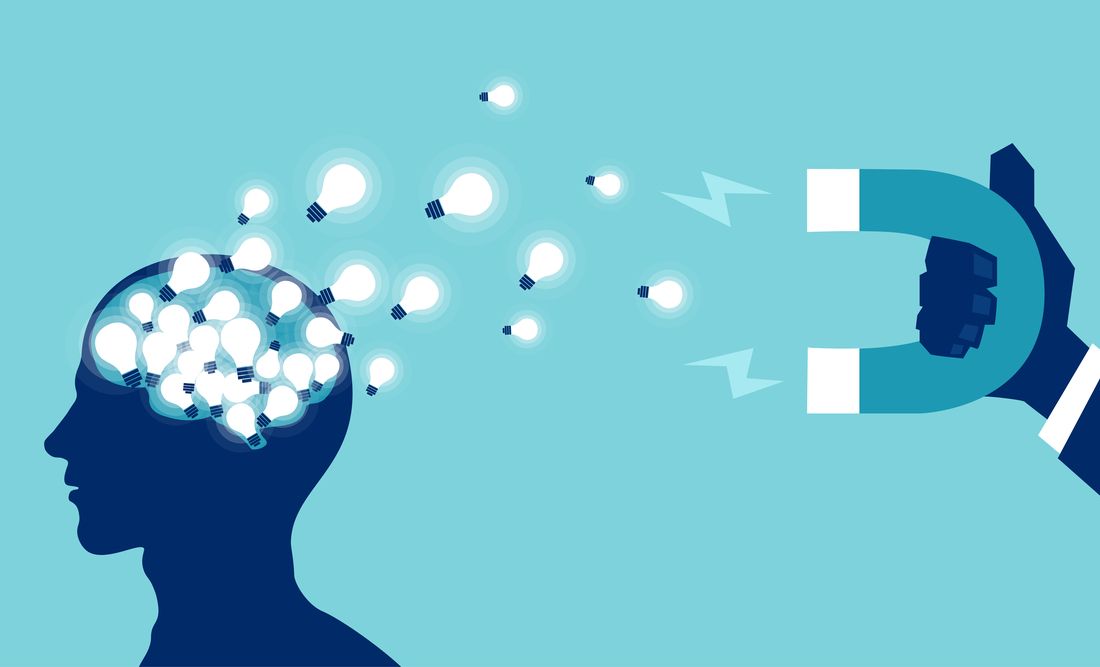Have you ever ended a day feeling completely drained of energy, even though you can’t pinpoint what caused it? You’re not alone. Life has a sneaky way of leaving us feeling drained and tired through hidden culprits we often overlook. From cluttered spaces to draining relationships, these energy vampires sap your mental and emotional reserves, leaving you feeling mentally drained and unmotivated.
Here’s the good news: You can take back control. By conducting a personal energy audit, you can identify the sneaky drains in your life and start plugging them for good. The result? More energy, clarity, and focus to spend on the things that truly matter.
Let’s dive in and explore what personal energy management is, how to perform an energy audit, and how to use your findings to create a more energized life.
What Is a Personal Energy Audit?
Think of a personal energy audit as a detailed inventory of your life. Just like a financial audit tracks where your money goes, this process tracks how your time, habits, and interactions impact your energy levels. It’s about uncovering where your energy flows and pinpointing areas that leave you feeling drained and fatigued.
The goal isn’t just to identify energy drains but also to uncover what energizes you. Armed with these insights, you can apply personal energy management techniques to build a more balanced and fulfilling life.
Step-by-Step Guide to Your Personal Energy Audit
Conducting a personal energy audit doesn’t have to be overwhelming. Here’s how to do it, step by step:
Step 1: Track Your Energy Levels Over a Week
Spend one week logging your energy levels. Use a notebook, spreadsheet, or app to track:
- Activities: What are you doing? Working, commuting, socializing, relaxing?
- Interactions: Who are you spending time with? Colleagues, friends, family, or yourself?
- Emotions: How do you feel before, during, and after each activity or interaction? Energized, neutral, or feeling emotionally drained?
Example log entries:
- “10 AM: Meeting with [Colleague]. Felt stressed and drained emotionally afterward”.
- “7 PM: Dinner with [Friend]. Felt happy and energized”.
Step 2: Identify Patterns
At the end of the week, review your notes. Look for patterns that leave you feeling drained out of energy:
- Which activities or habits consistently drain you?
- Are there certain people or interactions that leave you feeling completely drained of energy?
- What activities or routines help you feel revitalized?
Step 3: Categorize Energy Drains
Group your energy drains into categories for easier analysis. These are the social pressures to overcome and habits to break. Common culprits include:
- Toxic Relationships: People who cause stress, conflict, or negativity.
- Overcommitment: Saying yes to too many responsibilities or events.
- Cluttered Environments: Disorganized spaces that feel overwhelming.
- Unhealthy Habits: Poor sleep, excessive screen time, or lack of movement.
- Emotional Baggage: Unresolved guilt, anxiety, or resentment that leaves you feeling emotionally drained.
Step 4: Evaluate What Energizes You
Don’t forget to highlight the activities and people that give you energy. These are the areas to prioritize in your life to counteract moments when you’re feeling drained and exhausted.
Common Culprits of Energy Drains
Let’s take a closer look at some of the most common causes behind feeling mentally drained:
- Toxic Relationships.
Some people lift us up, while others leave us feeling drained emotionally. Constant criticism, manipulation, or one-sided relationships are major energy vampires. - Overcommitment.
Spreading yourself too thin by saying yes to everything leads to feeling drained and tired. It’s vital to set boundaries to protect your time. - Physical and Digital Clutter.
Messy desks, overflowing closets, and endless emails create decision fatigue, making you feel mentally drained and overwhelmed. - Neglecting Self-Care.
Skipping meals, neglecting exercise, or not getting enough sleep are surefire ways to end up feeling drained and fatigued. - Emotional Weight.
Unresolved feelings like guilt, anxiety, or resentment quietly sap your mental energy, leaving you feeling drained out of energy.
Practical Tips for Personal Energy Management
After identifying energy drains, it’s time to reclaim your vitality. Use these personal energy management tips to start making changes:
- Set Boundaries.
Say no to requests, commitments, or people that don’t align with your priorities.
Example: “I appreciate the offer, but I can’t commit right now”. - Declutter Your Space.
Clear one area at a time to create a calm, organized environment. Tackling clutter reduces stress and helps prevent feeling completely drained of energy. - Limit Screen Time.
Too much screen time can leave you feeling mentally drained. Set tech-free hours, avoid doom-scrolling, and turn off non-essential notifications. - Invest in Energizing Relationships.
Spend time with people who uplift and inspire you. Positive relationships recharge your spirit and counter moments of feeling drained emotionally. - Adopt Energizing Habits.
Incorporate habits like:
— Getting 7–8 hours of sleep.
— Moving your body daily.
— Practicing mindfulness to combat stress. - Address Emotional Baggage.
Consider journaling or therapy to work through unresolved emotions. Releasing emotional weight helps stop feeling emotionally drained.
Replacing Drains with Energy Boosters
The goal of a personal energy audit isn’t just to eliminate drains but to replace them with habits and routines that energize you. Ideas include:
- Replacing multitasking with focused work.
- Swapping negative self-talk for affirmations or gratitude journaling.
- Choosing solitude or uplifting company over draining acquaintances.
Your Energy, Your Choice
Taking control of your energy through personal energy management is one of the most empowering things you can do. By conducting an energy audit, you’ll gain clarity on what’s working in your life and what’s not.
If you’ve been feeling drained and tired, remember that small changes can lead to big shifts over time. So, grab a notebook, start tracking, and begin the journey toward a lighter, more energized life. You’ve got this!






